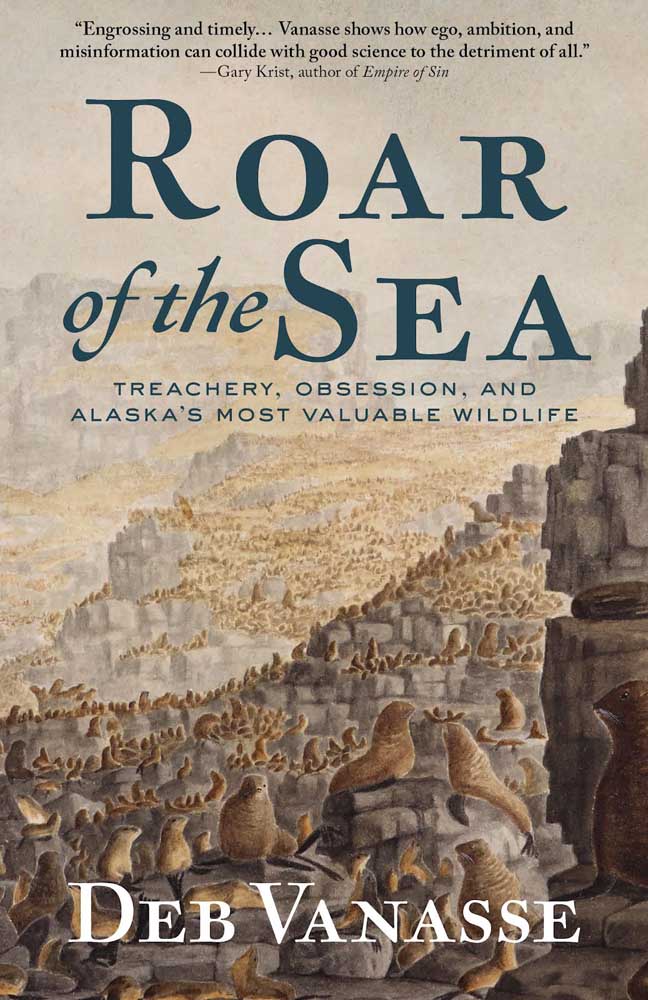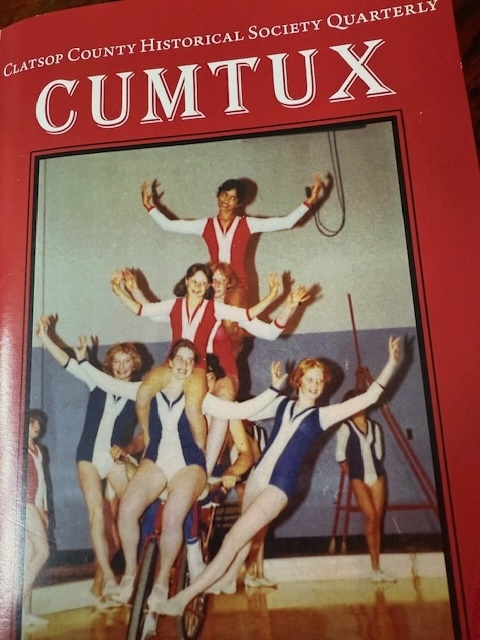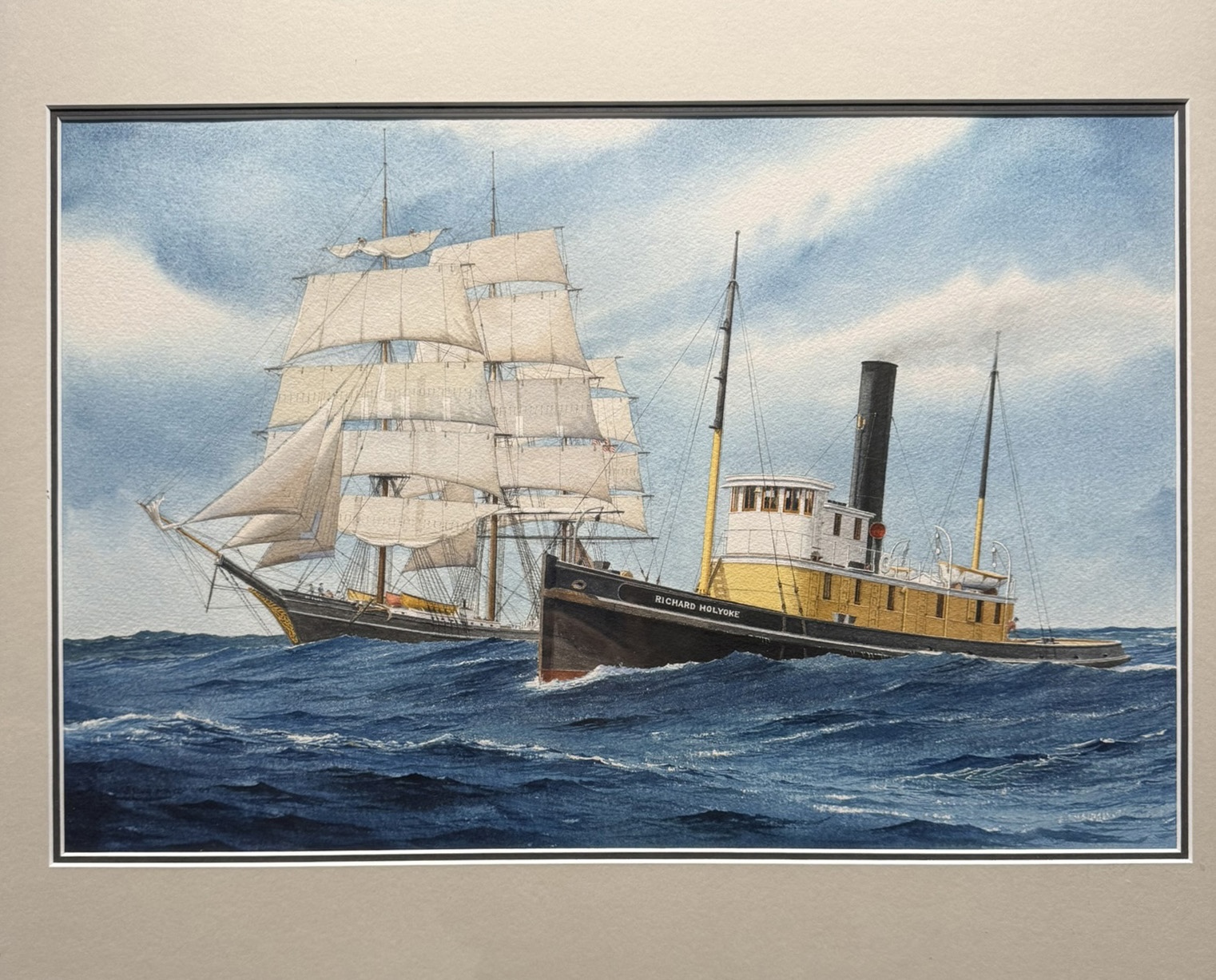Bookmonger: A crusade to protect seals
Published 9:00 am Wednesday, February 23, 2022

- ‘Roar of the Sea’ is by Deb Vanasse.
‘Roar of the Sea’ by Deb Vanasse
Alaska Northwest Books – 228 pp – $17.99
Trending
Swashbuckling pirates on the high seas, international saber-rattling, greedy entrepreneurs and a pioneering wildlife advocate all come bursting to life in a fascinating new history by Oregon author Deb Vanasse.
“Roar of the Sea” is the true tale of Henry Wood Elliott, a self-taught artist and unconventionally schooled naturalist.
As a teenager during the Civil War, Elliott took up a scientific apprenticeship in Washington, D.C. at the newly-constructed Smithsonian museum.
After paying his dues by sorting and collecting specimens (and occasionally letting President Abraham Lincoln up onto the roof of the Smithsonian Castle’s main tower, the better to observe the Union Army’s signaling devices), Elliott was eventually sent out on a series of expeditions to the West Coast, Wyoming and finally to Alaska.
Assigned by the Smithsonian to investigate the natural history of northern fur seals, Elliott’s stay amidst the teeming seal rookeries of Alaska’s Pribilof Islands transformed into a lifetime dedicated to ensuring the seals’ survival. Elliott soon called for a moratorium on seal harvesting, realizing that the seal population was plummeting. But this was during a time when, as Vanasse notes, “maritime wildlife was a literal free-for-all.”
Elliott’s career path as a conservationist was fraught with frustration and treachery. Seal skins were in great demand, and commercial seal hunts had been going on for nearly a century. Ruthless sealers from around the world competed with one another for the biggest harvests.
Politics, too, interfered with conservation efforts. Vanasse describes how the Russians, Japanese, Canadians, British and Americans all vied for preeminence and engaged in deceit.
As Elliott pleaded with lawmakers to consider the long-term effects of indiscriminate seal hunting, his reputation was smeared and his work denigrated by corporate interests and politicians.
It took decades for this crusader to finally secure protections for the seals, and when he did, it was at great personal cost. Elliott fought the resistance of tycoons, presidents and sometimes even corrupt peers within the scientific establishment. When he finally retired to Renton, Washington, his name was consigned to a historical footnote. To research this naturalist and his diligent work, Vanasse scoured archives from Alaska to Cleveland to Washington, D.C.
In “Roar of the Sea,” she writes with verve and dramatic impact, reconstructing the narrative of Elliott’s tenacious crusade in a way that will transport the reader back to the cacophonous seal rookeries, to the bloody, blubber-slicked decks of the sealing ships, and to the elegant meeting rooms of the nation’s capital.
While bringing deserved attention to Elliott for his wildlife conservation work in the late 19th and early 20th centuries, Vanasse ends with a sobering challenge: those seal rookeries on the Pribilof Islands are now facing new human-caused threats — and could use 21st century advocates.








